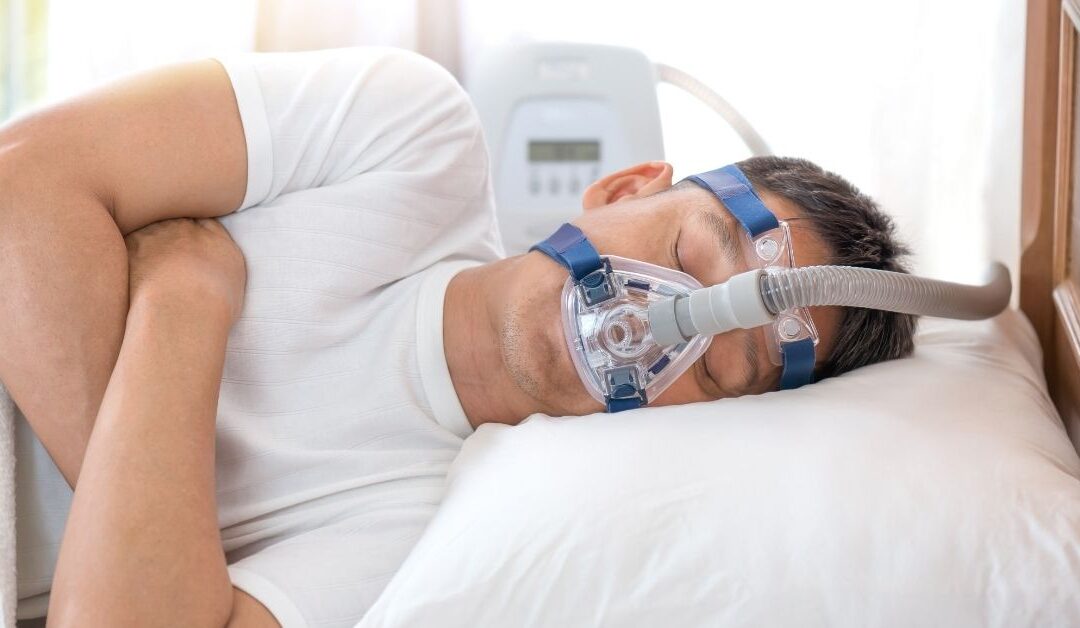Did you know that roughly 22 million Americans suffer from obstructive sleep apnea? This common sleep-related breathing disorder causes you to repeatedly stop and start breathing while you sleep. Let’s look at alternative ways to treat obstructive sleep apnea.
When someone discovers they have obstructive sleep apnea (OSA), the answer is usually CPAP (continuous positive airway pressure) therapy. CPAP therapy is undoubtedly the best choice for fighting SA problems. Finding the perfect CPAP mask will give people ailing from this condition some of the best sleep in their life. Sadly, CPAP therapy doesn’t work for everyone, forcing them to look into alternative ways to treat obstructive sleep apnea.
Adjust Your Sleeping Position
A costless fix to treat your OSA may be as simple as changing your sleeping position. Altering your sleeping position can be challenging for some people, especially if they’ve slept a specific way their entire lives. For example, a back sleeper is more susceptible to OSA because the relaxed tissue in their throat blocks their airway. Therefore, instead of sleeping on your back, try sleeping on your left side.
Equip Some Mouth Gear
Most mouthpieces push the jaw forward, limiting your snoring and sleep apnea complications by reducing air resistance. However, mouthguards can also protect you by opening your airway. Standard mouthpieces include a mandibular advancement device (MAD) and a tongue-retaining device. The MAD is very similar to a typical mouthguard, while a tongue-retaining device holds your tongue in a particular position to open your airway.
Potential Surgeries
A handful of operations can benefit your sleeping schedule:
- Adenoid removal: A harmless, common procedure that frees any potential obstruction in your mouth
- Uvulopalatopharyngoplasty (UP3): No, that isn’t a keyboard smash. A UP3 procedure removes unwanted tissue to cause a free-flowing passageway.
- Genioglossus advancement (GGA): This operation pushes your chin bone forward, allowing your tongue muscles to come forward as well.
- Nasal endoscopy: This surgery is essentially a dog shock collar for your tongue. The moment your tongue blocks your airway, a slight stimulation will put it back in its proper place.
- Maxillomandibular advancement (MMA): This surgery completely resets your jaw to aid your breathing issues. It’s reserved for more extreme OSA cases.
Change Your Lifestyle
Surgery isn’t the answer for everyone, especially when you consider the cost of the procedure and the pain you may endure. You might be able to relieve your symptoms by changing your lifestyle. There are ways of ways to make your life healthier. Limiting your alcohol consumption or smoking while maintaining a healthy weight will do wonders in reducing OSA. Of course, the results won’t be apparent immediately, but these changes will help you in the long run.
These alternative ways to treat obstructive sleep apnea may improve symptoms for people who struggle to use CPAP therapy. However, you may also use any of these additional options along with your CPAP machine to combat your OSA. Finding a solution before it’s too late is crucial, so don’t hesitate when contemplating a fix for OSA.
To a Fitter Healthier You,
The Fitness Wellness Mentor



